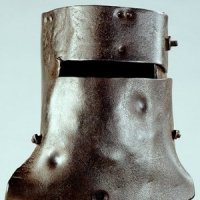Steel Banjo's And Bolts - Where Can You Get Them
Announcements
-
Similar Content
-
Latest Posts
-
I bench bled my HFM BM57 before installing, it leaked badly. Threw it in the bin, because I installed it 2 years after purchase.
-
Yes please. I've been contemplating selling my R32 for a 400Z, but much rather a sedan.
-
lol no bum bags here i don't drag race Good to see ya old son
-







Recommended Posts
Create an account or sign in to comment
You need to be a member in order to leave a comment
Create an account
Sign up for a new account in our community. It's easy!
Register a new accountSign in
Already have an account? Sign in here.
Sign In Now